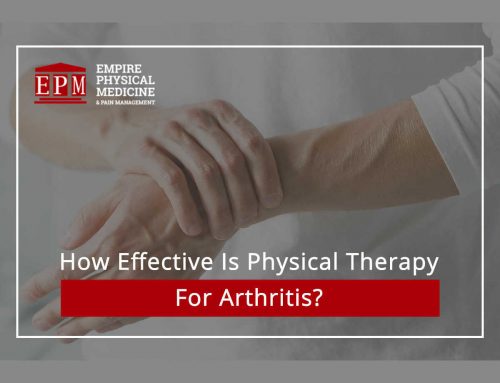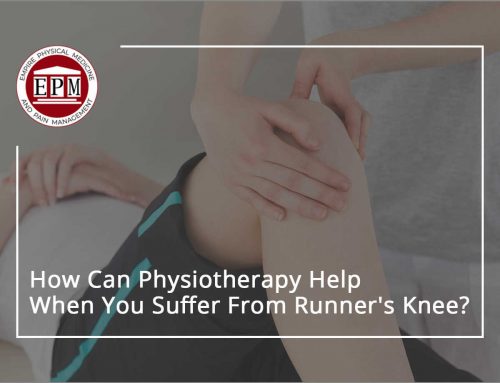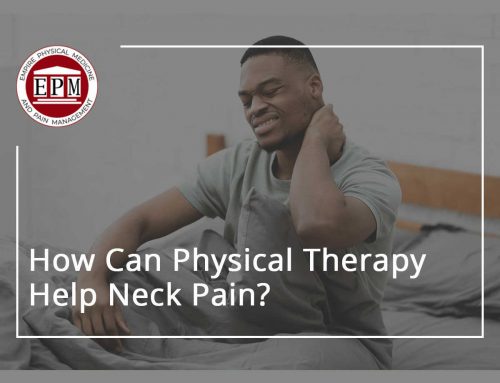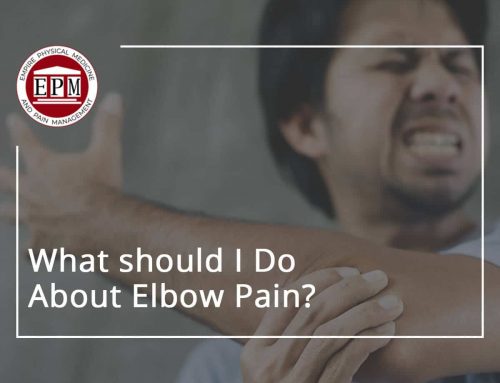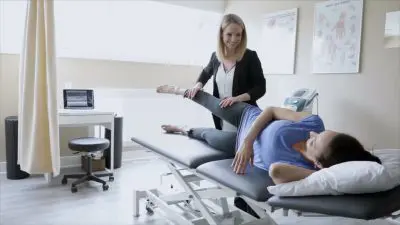
Did you know that Arthritis encompasses over 100 different diseases? Osteoarthritis (OA) is one of the most common forms of arthritis, affecting approximately 27 million Americans. It is a progressive condition which affects the protective cartilage that cushions your joints and surrounds your bones. The cartilage, which functions as a shock absorber and enables for smooth joint function, slowly breaks down and the tendons and ligaments may stretch.
As the disease continues to progress, cartilage will begin to disintegrate. As this occurs, discomfort, pain, and swelling will arise. In severe cases of OA, the eventual loss of cartilage will cause the bones to rub against one another. In addition, the bone underneath will begin to alter and bone spurs may develop. Bits of the joint may also break off inside the space of the joint.
What causes Osteoarthritis?
The exact cause of Osteoarthritis is unknown. What is known, however, is that anyone can be affected by this degenerative disease. There are several elements which may attribute to OA. Often coined the “wear and tear” disease, aging is one of the leading factors contributing to Osteoarthritis. As you age, the water content in your cartilage decreases. With less water content, the cartilage is more vulnerable to stress and wear.
The following is a list of factors that can attribute to the development of OA:
Obesity- Obesity can play a role as the added weight places more stress on your joints. While any joint can be affected by OA, this is especially true on your weight-bearing joints such as the hips, spine, and knees. To put it into perspective, for every pound you gain you’re placing an extra four pounds of pressure on your knees and an extra six pounds of pressure on your hips.
Joint injury- Even if it was from a single injury from years prior, joint injury can lead to the development of OA. Genetic defects in the joint cartilage are another considerable factor.
Repetitive motions and activities- Any continuous and rigorous activity that is hard on your joints can make you more susceptible to developing OA, especially if the activity requires the same repetitive motions. Those in particularly higher risk include dancers, construction workers, painters, landscapers and professional athletes.
Gender- Your gender can even play a role. For those under 45 years of age, men are more likely to develop Osteoarthritis. After 45, women are more susceptible to developing this condition.
Symptoms of Osteoarthritis
If you are suffering from one or any combination of these symptoms, please see a doctor or a specialist such as a Physiatrist. The following, while not complete, is a list of the most common symptoms of OA:
Loss of mobility, aching and stiffness
- Pain that occurs during rigorous activity yet gets better with inactivity. As the disease advances, the pain will persist even while in a state of rest.
- Pain that increases with humid weather. The amount of fluid within a joint tends to fluctuate according to the environment.
- Contractions and muscle spasms in the tendons
Treatment Options
With time, Osteoarthritis progressively worsens. While there currently is no cure, there are certainly ways to reduce pain and improve your joint mobility. A physiatrist will develop a comprehensive plan to help you manage your condition; treatment may vary depending on the joint affected.
Physical Therapy
Physical therapy can help improve joint function. Within physical therapy, there are several different types of modalities. These include strength training and electrodiagnosis. A physical therapy regimen can be specifically developed based on your conditions and the following factors: which joints are affected, the stability of the joints, whether the joint has been replaced or not, in addition to other considerations.
Exercise
While one may think that they should refrain from physical activities when affected with this disease, the opposite is true. Joints need to stay active to stay healthy; inactivity may even worsen the condition as joints can then become stiff. Exercise is an effective way to improve function and strengthen muscles. A mixture of strengthening, range-of-motion, and endurance exercises can prove to be a powerful combination.
Corticosteroid injections
If pain is severe and there is inflammation in the joint, a corticosteroid injection can be used to provide temporary relief. It is recommended that patients get shots every few months, however no more than three times a year. This is not a fitting treatment option for those with chronic osteoarthritis.
Published By:
Empire Physical Medicine & Pain Management
7 W 45th St floor 9,
New York, NY 10036
Phone: (646) 665-7109
Website: https://manhattanpainrelief.com

